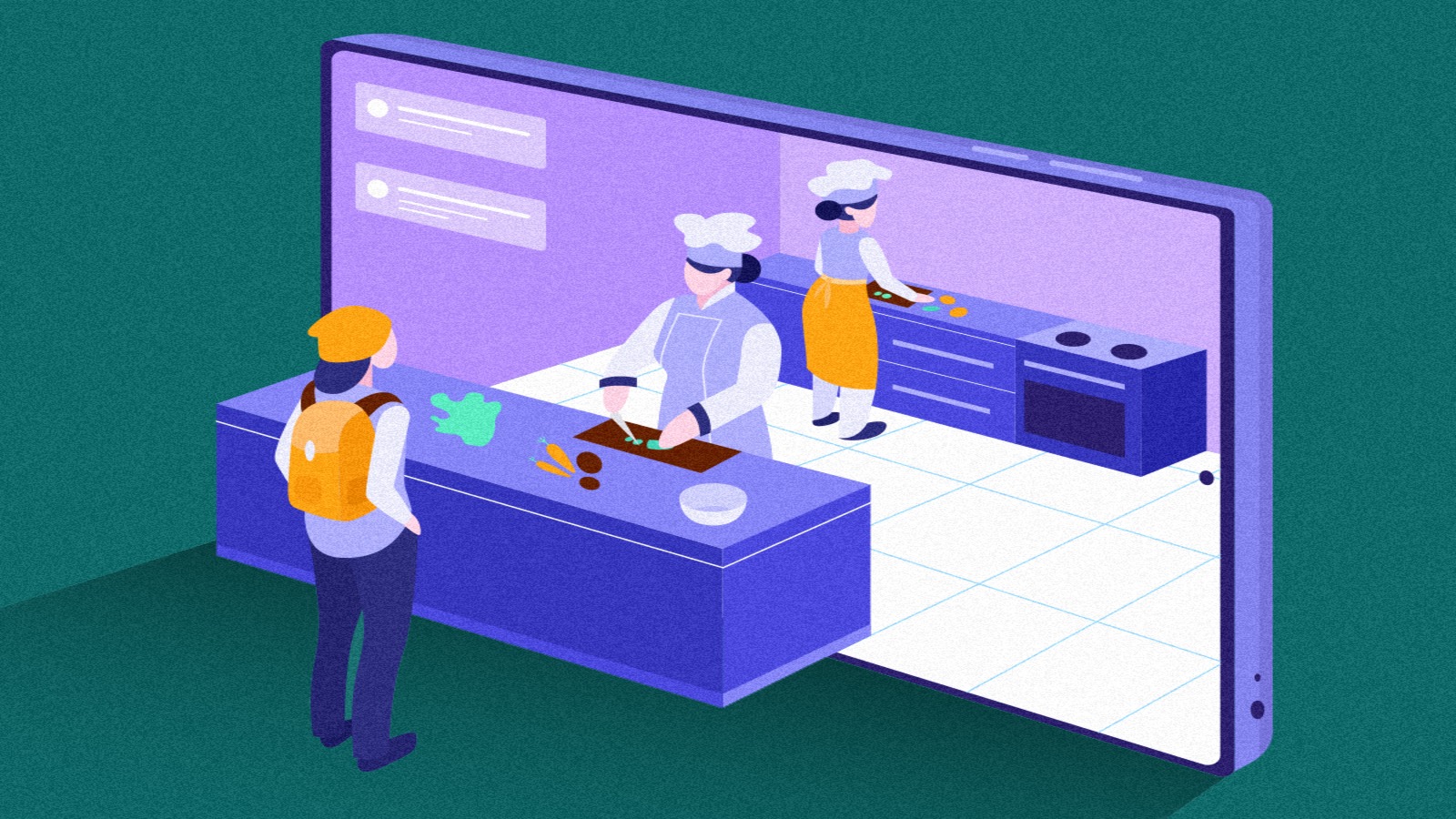Swiggy Cloud Kitchen Registration in Small Cities: Challenges & Opportunities

Not too long ago, cloud kitchens in India felt like a game reserved for big brands in big metros. But that’s no longer the case. Demand for online food delivery in Tier-2 and Tier-3 cities is rising fast, and platforms like Swiggy are betting big on these markets.
For food entrepreneurs in smaller cities, this is a huge opportunity, but it comes with its own set of challenges. Registering your kitchen on Swiggy and making it profitable outside of Mumbai or Bangalore is a different ball game.
If you’re looking to start your own cloud kitchen in a Tier-2 or Tier-3 city, this guide will help you understand what works, what doesn’t, and how to make the most of the opportunity.
Why Smaller Cities Are the Next Big Thing for Cloud Kitchens
Cities like Indore, Mysuru, Bhubaneswar, and Ranchi are no longer afterthoughts for delivery platforms. In fact, they’re where much of the growth is happening. Nearly half of the new online food customers came from non-metro regions.
What’s driving this?
- People in smaller cities have more disposable income than before.
- Social media has exposed them to new cuisines and dining trends.
- There are still fewer dine-in restaurants, so delivery fills the gap.
For entrepreneurs, this means a real chance to build a loyal customer base before the market gets crowded.
How Swiggy Cloud Kitchen Registration Works
First, the basics: a cloud kitchen is a delivery-only kitchen. No tables, no dine-in space — just cooking, packing, and delivering through platforms like Swiggy.
The Swiggy Cloud Kitchen Registration process is fairly straightforward but does require some preparation. Here’s what you’ll need before you start:
- FSSAI license (mandatory)
- GST certificate (if turnover > ₹20 lakh annually)
- PAN card, Aadhaar card, cancelled cheque
- High-quality photos of your kitchen and food
- A basic menu with pricing
The process begins on Swiggy’s restaurant onboarding portal. After you apply, a Swiggy representative may visit your kitchen to verify details. In metros, this usually takes 7–10 days. In smaller cities, it can stretch up to 3 weeks because of lower operational density.
The Hard Truth: Challenges in Tier-2 and Tier-3 Cities
Here’s what you need to be ready for if you’re planning to register your cloud kitchen on Swiggy in a smaller city:
- Lower Order Density
In metros, hundreds of orders fly through the platform every hour. Smaller cities? Not quite yet. Order volumes are growing, but you’ll need patience and good marketing to reach profitability.
- Infrastructure Gaps
Not all delivery fleets in smaller towns are as reliable or professional as metro riders. You might see delays or cancelled orders because of manpower shortages.
- Regulatory Hiccups
While FSSAI and GST are national norms, municipal health inspectors and fire licenses vary wildly from city to city, and they’re not always digitized. Be prepared to do some offline running around.
- Local Consumer Behavior
Metro customers are more likely to experiment. In smaller cities, people still lean heavily toward familiar dishes at familiar price points. Launching a fancy pan-Asian brand here might not work right away.
But Here’s the Good News: Huge Opportunities
Now for the upside, and there’s plenty of it.
- First-Mover Advantage
In many smaller towns, there just aren’t many delivery-only brands yet. If you set up now, you’ll have the chance to dominate your niche before the competition arrives.
- Regional Cuisine Wins
While big cities crave burritos and sushi, smaller cities adore their dal makhani, parathas, and biryanis. If you can deliver authentic regional favorites consistently, you’ll strike gold.
- Lower Costs = Better Margins
Kitchen rentals in metros can bleed you dry. In Tier-2/3 cities, rent, staff salaries, and utilities are far lower, which means you can keep prices competitive and still make a healthy margin.
- Swiggy Is Betting Big on These Markets
Swiggy itself is expanding its cloud kitchen and delivery reach in over 200 Indian cities. That’s a clear signal: the demand is coming, and they’re investing to meet it.
How to Make Your Swiggy Registration Count
Getting registered is only the first step. Here’s what you should focus on next:
- Design a menu that fits local tastes and budgets.
- Invest in good packaging; it protects your food and your reputation.
- Use Swiggy Ads to boost your visibility early on.
- Pay attention to reviews; early customer feedback can make or break your growth.
- Keep hygiene and compliance top-notch to avoid getting flagged or delisted.
Final Thoughts
Tier-2 and Tier-3 cities are where the next wave of India’s food-tech growth is happening. Yes, it comes with its own challenges. But if you’re willing to adapt, play to the market, and stay consistent, the opportunity is huge.
Whether you choose to handle Swiggy Cloud Kitchen Registration on your own or partner with an experienced player like Kouzina, don’t wait for the market to get crowded. Start now. Take the first step toward building your dream kitchen business in a city that’s ready for it.


